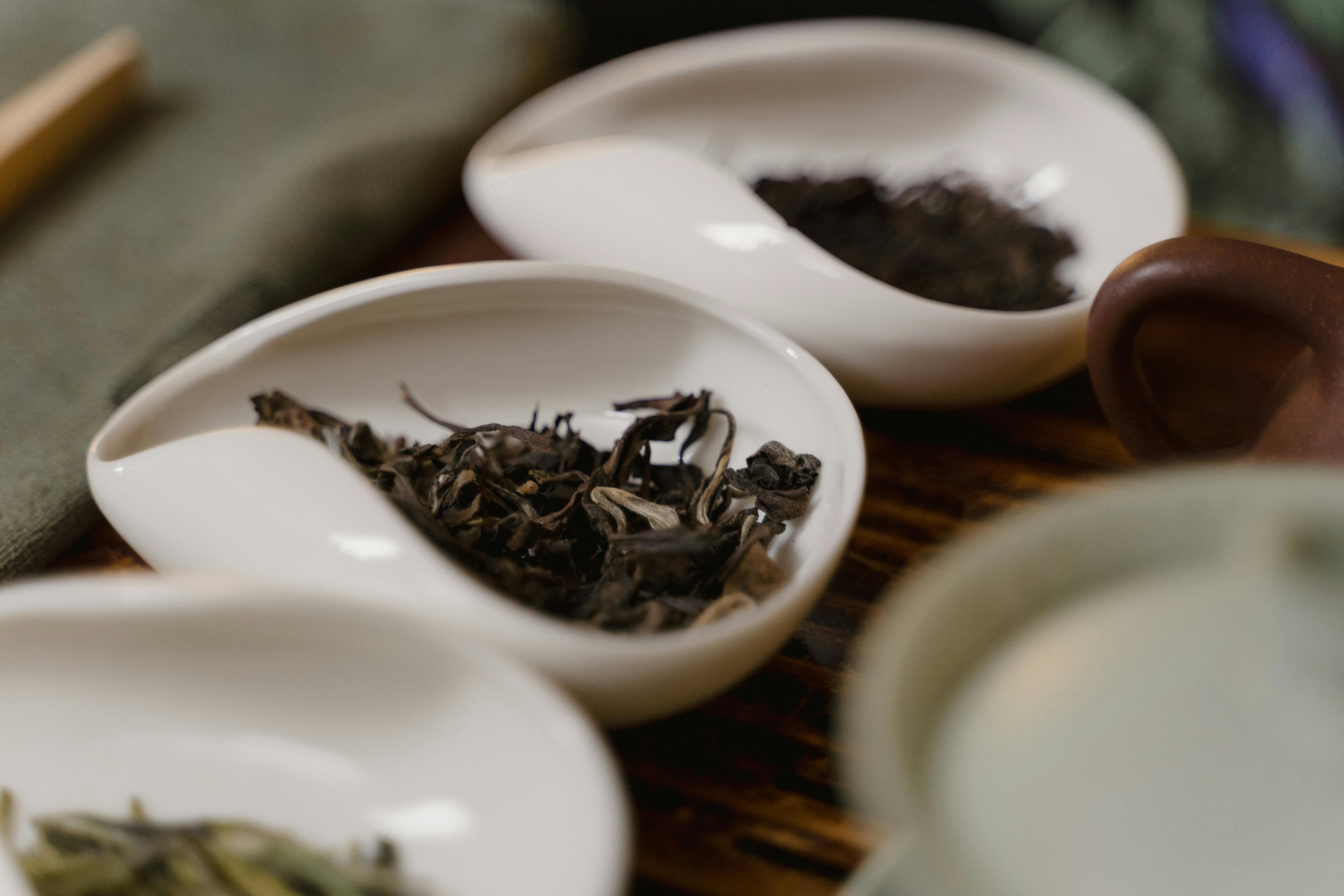White tea, as one of the six major types of tea in China (black tea, green tea, dark green tea, yellow tea, black tea and white tea), has won the favour of many tea lovers for its unique production process and rich health benefits. This article will provide you with a detailed introduction to the origin, production process, main production areas, classification of varieties and health benefits of white tea.

Origin and History
The name of white tea first appeared in Lu Yu's ‘Tea Classic’ in the Tang Dynasty, in which it is written, ‘Three hundred miles east of Yongjia County, there is a white tea mountain.’ However, regarding the specific origin of White Tea, there are different claims in the academic world. Some scholars believe that white tea began in the period that Shennong tasted a hundred herbs.Hunan Agricultural College, Mr Yang Wenhui held this view. Some scholars believe that white tea originated in the Song Dynasty, because the Song Dynasty's tribute tea dragon ball, phoenix cake is made of white hair silver needle and other white bud tea. Song Huizong in the ‘Da Guan tea theory’ also specifically discusses the white tea ‘since a kind of tea, different from the usual tea’.
Production process
The production process of white tea is relatively simple, but it is the best way to lock in the nutrients in the tea leaves. After picking the fresh tea leaves, it is made through two major processes: withering and drying. Withering is the key process to form the quality of white tea, which is divided into indoor natural withering, double withering and heating withering. Drying is divided into initial drying and re-drying, and eventually the tea leaves reach 70% to 80% dryness, and then slowly dry with a gentle fire. This production process retains the active enzymes and polyphenol nutrients in the tea leaves, which makes the white tea sweet and refreshing, with a prominent fragrance.
Main production areas and varieties
The main production areas of white tea are Fuding, Zhenghe, Songxi and Jianyang in Fujian Province, and a small amount is also produced in Taiwan Province. In recent years, Yunnan white tea made from Yunnan large-leafed raw materials has also begun to emerge in the market, and is loved by more and more tea lovers.

There are many varieties of white tea, including White Hair Silver Needle, White Peony, Shou Mei and Gong Mei. White Hair Silver Needle is made from single buds and processed according to the white tea processing techniques, which is of the best quality; White Peony is mostly picked from the buds and leaves of Fuding Large White Tea, Quancheng Red, Quancheng Green, etc.; Shou Mei and Gong Mei are made from the buds and leaves of Vegetable Tea.
Health Benefits
White tea has a variety of health benefits, including antioxidant, heart-protective and immune-boosting properties. White tea is rich in antioxidants such as tea polyphenols and catechins, which help protect against free radical damage and slow down the aging process. At the same time, the tea polyphenols and catechins in white tea can lower cholesterol levels, promote cardiovascular health, and reduce the risk of cardiovascular disease. In addition, white tea has anti-inflammatory properties, improves digestion, beautifies the skin, refreshes the mind and promotes sleep.
It is worth noting that although white tea has a variety of health benefits, excessive consumption may cause insomnia, abdominal pain, diarrhoea and other uncomfortable symptoms. Therefore, tea lovers are advised to drink white tea in moderation in their daily life to avoid excessive intake of caffeine and theophylline.
Summary
As one of the traditional Chinese teas, white tea is highly respected for its unique production process and rich health benefits. Whether for drinking or collecting, white tea has unique advantages. Hope this article can help you better understand white tea, feel the charm of tea culture and the perfect combination of healthy life.
Disclaimer: Some of the content in the article comes from AI and is for readers' reference only.




